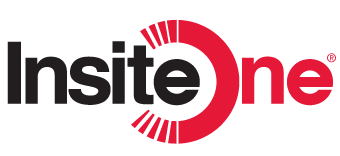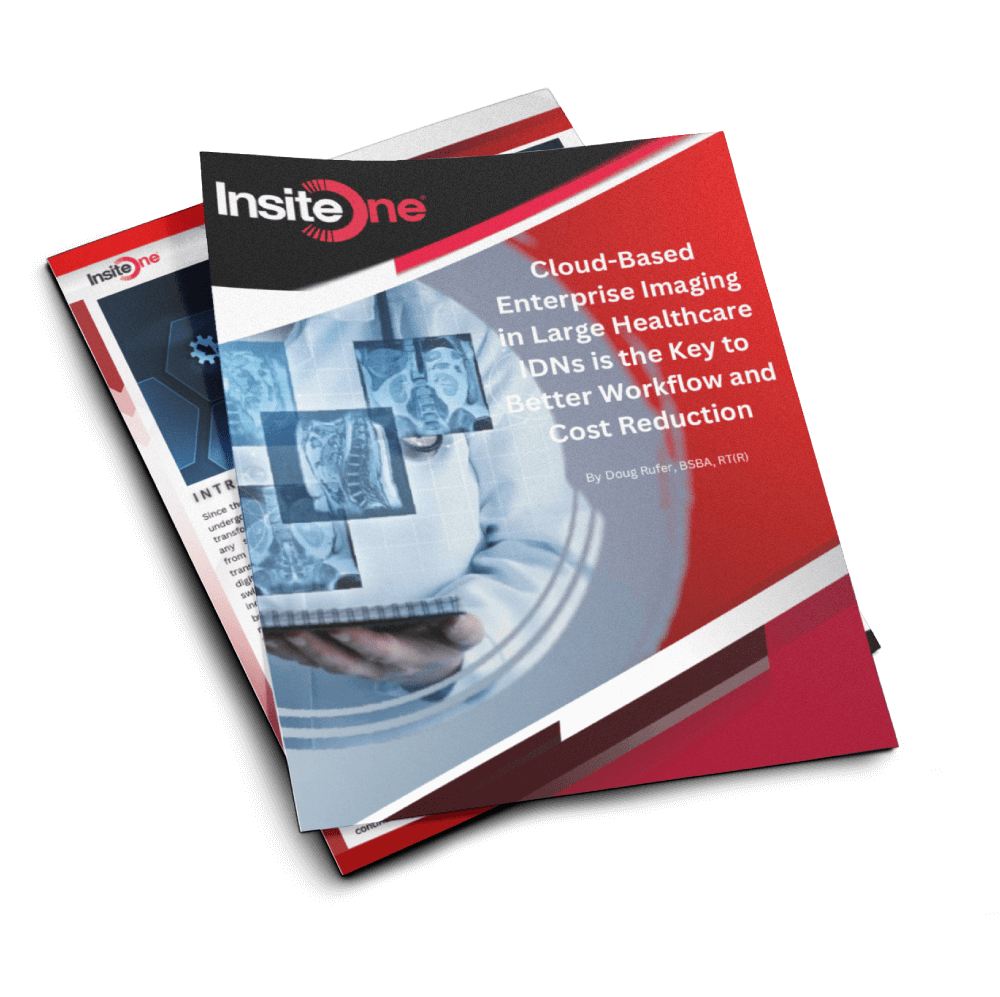Healthcare’s Silent Crisis: How Fragmented IT Systems Compromise Patient Care

Healthcare’s Silent Crisis
Fragmented IT systems are compromising patient care. In this era of digital transformation, healthcare stands at a crossroads. As technology evolves, the industry faces unprecedented opportunities to enhance patient care, streamline operations, lower costs, and improve outcomes. But while technology promises to revolutionize patient care, a critical issue is lurking beneath the surface – the fragmentation of healthcare IT systems. This disconnection not only hampers operational efficiency but directly impacts the quality-of-care patients receive.
A recent article in Healthcare IT News, “Too many IT systems with limited alignment impacts care quality” highlights the challenges healthcare organizations face when new IT systems are introduced without a plan for how they will impact other workflows and existing IT systems. It should come as no surprise that in the 2024 Compass Survey from symplr, they find that 85% of clinicians say they lose more than an hour every day from administrative tasks. Imagine how much better patient care could be if the right technology was in place.
But why is there a disconnect when it comes to healthcare interoperability? Healthcare interoperability has been a hot topic since the early 2000s, but in 2004, President George W. Bush established the Office of the National Coordinator for Health Information Technology (ONC), which put a spotlight on the need to improve healthcare IT systems interoperability. Then, the HITECH Act of 2009 further accelerated the adoption of electronic health records (EHRs) and further emphasized the importance of system interoperability, with HIMSS leading the charge with interoperability best practices.
Yet challenges still remain, and this continues to dominate conversations around healthcare IT. Read on as we explore how interoperability impacts patient care and what can be done to improve it in the future.
The Current Landscape
Oracle wrote a great article in June 2024 that dives deep into interoperability. They define Interoperability “as the capacity for each system on a network to communicate with other systems to share, consolidate, and use data. Interoperable applications and systems automatically exchange data in such a way that the data is accessible, accurate, and secure, with little human interaction needed. Interoperability is possible only when all stakeholders—healthcare organizations, governments, payers, and other players—agree on the standards, technologies, and terminology needed for the exchange of data between diverse systems.”
Interoperable healthcare data improves the patient experience and paves the way for better community and population health initiatives. Today’s healthcare landscape is filled with numerous vendors that provide many different solutions all aimed at improving care. In fact, you would be surprised at the number of solutions deployed at most organizations. Yet, without agreement on standards to exchange data, fragmentation will continue to cripple today’s workflows which hampers the effectiveness the solution is trying to solve.
Consequences of Fragmentation
One factor, Shadow IT, continues to be a growing concern. Shadow IT refers to IT solutions purchased outside of a central IT’s domain. In essence, departmental purchases that attempt to fill a gap or need they believe is not being met. The challenge of procuring solutions outside of central IT’s domain is ensuring proper due diligence is given and that solutions are 1) based on industry standards, 2) comply with current cybersecurity capabilities, and 3) proper data exchange/interoperability is available to ensure data is properly sent to the patient’s electronic health record.
Fragmentation of IT systems create their own set of challenges, like:
- Duplication of data entry. When systems are not interconnected, this leads to manual data entry multiple times, opening the door for data integrity issues due to data entry errors.
- Wasting time. Time is wasted when users must switch between systems to complete tasks. This impedes workflow and can cause employee frustration, leading to burnout.
- Administrative burden. Anytime additional administrative tasks are introduced, employee frustration increases, and this can decrease workflow efficiency. It also takes time away from patient care, decreasing employee morale. Removing administrative burdens is the key.
- Incomplete patient records. Siloed solutions create fragmented data which could be useful to caregivers. Not having access to all patient data impacts care plans and may potentially impact overall patient outcomes.
- Misdiagnosis or medication errors. Not having interconnected systems potentially causes clinicians to misdiagnose a patient’s condition or prescribe the wrong medication. This can further complicate the patient’s condition, slowing recovery time, increasing costs, and impacting care.
- Increased costs. Fragmented systems increase overall costs due to all the factors mentioned in the previous bullet points. It’s important to understand the full costs of implementing one-off systems, like multiple support contracts, duplication of data entry, lack of data exchange, and reduction in personnel productivity.
Integrated IT platforms, like those offered by InsiteOne helps address interoperability issues when it comes to PACS, RIS, and enterprise image archiving. This simplifies data movement between the integrated systems and strict adherence to industry standards in data exchange. Information flows freely from InsiteOne to other connected 3rd party applications.
Cybersecurity
Shadow IT solutions may provide a short-term fix, yet they can expose organizations to longer-term risk factors, namely cybersecurity challenges.
Since most healthcare systems have many IT solutions deployed, this increases risk to cybersecurity attacks. The more IT systems that are deployed offers multiple entry points for cybercriminals to attack, making it increasingly difficult for IT to protect their domain.
Further complicating this are the regulations that have evolved over the past few years around data exchange, interoperability, and cybersecurity. Keeping up with these changes makes it challenging for some organizations to remain compliant.
According to a recent article in Becker’s Health IT, many healthcare providers still using fragmented IT systems, there are inefficiencies and potential errors in patient care and billing. But upgrading systems comes with its own set of financial and operational challenges.
The article goes on to further note that “The push for greater interoperability, driven by regulations like the CMS Interoperability and Patient Access final rule, requires health systems to modernize their technologies, often involving significant financial and operational investments,” said Ms. Cohen. “These fragmented systems create bottlenecks in patient information exchange and complicate the flow of the revenue cycle management data, further threatening the financial health of the organization.”
Reducing the number of IT vendors, while adhering to robust data and system governance, proactive compliance strategies and focusing on trust and transparency with data exchange will go a long way in improving healthcare interoperability and reducing risk.
Outlook
Industrywide initiatives in data standardization, adoption of those data exchange standards by vendors, and improvements in regulatory requirements will all play a part in improving healthcare interoperability.
AI also plays a role in the future of healthcare interoperability and data exchange. AI can help in areas like bridging the gap in data disparity and predictive analytics for patient care. Finally, unified IT platforms help improve data exchange and reduce overall system burdens in healthcare systems making cybersecurity challenges easier to tackle.
The outlook for healthcare interoperability remains very positive and AI will most certainly have an impact on providing new solutions to old challenges. Yet continued diligence around data governance must remain a focus to ensure organizations are maximizing the value of the solutions they procure.
Conclusion
The healthcare industry must prioritize the integration and alignment of IT solutions to overcome the current fragmentation that currently exists. This integration effort should focus on creating seamless data exchange between disparate systems, standardizing data formats, and implementing robust security measures. By doing so, the true potential of digital health can lead to improved operational efficiency, enhanced patient care, and more resilient healthcare ecosystems. However, this transformation requires significant investment, stakeholder collaboration, and a commitment to overcome technical and organizational challenges. The long-term benefits, including reduced medical errors, streamlined workflows, and more personalized patient care, far outweighs any initial hurdles that may exist.
Want to learn more? Give us a call or click here to start a conversation with one of our experienced team members today.
If you’re heading to RSNA24, consider scheduling some time to meet with us or simply stop by booth #1737 in the South Hall and let’s start a conversation!





